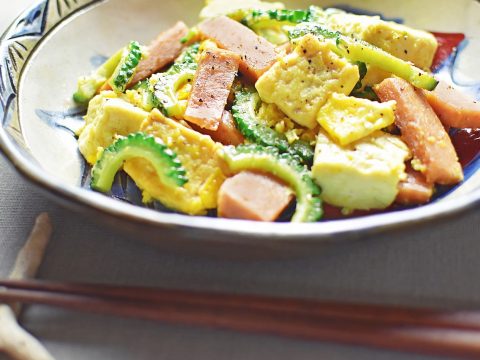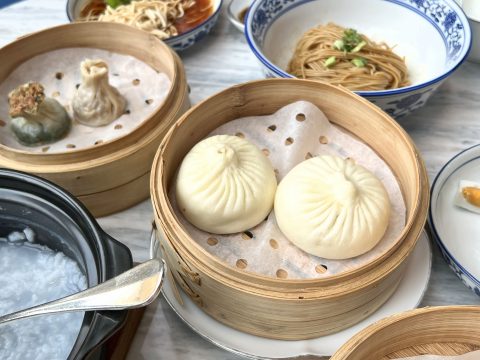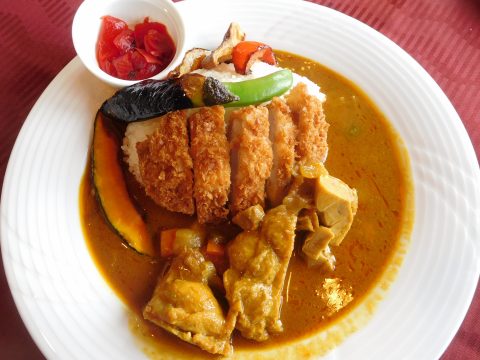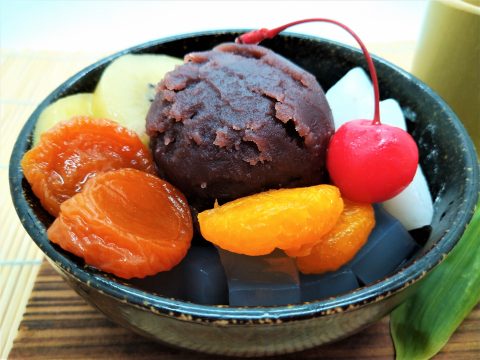Kurumi Soba(くるみそば)
JAPANESE FOODS
31.10.2023

As fall creeps around the corner, nights are getting longer, the air is getting brisker, and the leaves are starting to change. Japanese autumn days and pleasantly warm, with mild evenings, and plenty of sunshine gradually turning the leaves golden.
It’s also the beginning of harvest season. A whole array of natural goodies start to fall from the trees. Nuts and berries are plenty.
Today’s dish works well with such a backdrop in mind.
A Nutty Twist on Traditional Noodles
In the depths of the world of Japanese food, there is a special dish that shows not only the importance of seasonal ingredients but also how Japanese cuisine can adapt and enjoy its staples. That dish is the topic of today’s article: Kurumi Soba.
This dish combines the homely comfort of soba noodles with the rich, earthy flavours of walnuts, resulting in a wonderfully seasonal taste.

Soba Noodles
Before delving into the world of Kurumi Soba, let’s first acquaint ourselves with soba noodles. These buckwheat noodles have been a staple of Japanese cuisine for centuries, dating back to the Edo period. Soba noodles themselves have a subtle, savoury flavour, nutritional benefits, and versatility in various dishes, from simple noodle soups to elaborate cold salads. You can probably find some soba noodles in your local Asian supermarket, but rest assured, in Japan, they’re difficult not to come by anywhere.
Walnuts (Kurumi)
Kurumi Soba is unique for its use of walnuts to create the dipping sauce. Not only is this signature walnut sauce a wonderful seasonal addition to soba, but it also offers a range of health benefits. Walnuts are known for having high amounts of fatty acids like omega-3 which is good for heart health and cognitive function. Additionally, they provide a good dose of protein and fibre.

Making and Eating Kurumi Soba
Making Kurumi Soba begins with the sauce. After you grind up the walnuts until their oils are released, they will become a smooth, nutty paste (you can do this in a pestle and mortar, or similar device). This paste is then combined with soy sauce, mirin, and dashi to make the rich, savoury sauce. The soba noodles are cooked, cooled in cold water, and then dipped in the walnut sauce before eating.
Each bite is a good mix of creamy, nutty, and chewy, and extra flare often comes from the garnishes. Many people choose to add toppings like shredded nori (seaweed), scallions, sesame seeds, and wasabi, to suit their taste.
And you can make more sauce by combining any leftovers with the water from cooking the noodles. Everything has a use!

Where to Try Kurumi Soba
Kurumi Soba is a relatively simple dish to try making at home. But if you are interested in seeing how the professionals handle the dish, many traditional Japanese restaurants offer it, particularly in regions known for their soba cuisine, such as Nagano and Gunma.

Ella Clayton
Ella Clayton is a food writer, traveler, and all-around Japan enthusiast. Studying in Japan for her bachelor’s degree, she has ventured from Kansai and Kanto, and can say definitely: Osaka style Okonomiyaki is the best.
Read previous articles by the writer
Read latest articles
KEYWORDS
- # PICKPICK
- # Resume
- # alcohol
- # Rice
- # Soup
- # winter food
- # Fast Food
- # seafood
- # spicy foods
- # raw food
- # fermented food
- # Transportation
- # MEAT
- # Edo culture
- # suits
- # clothing
- # drink
- # fish
- # seasoning
- # Japanese New Years Foods
- # Toshikoshi soba
- # Osechi Ryori
- # Ozoni
- # Christmas
- # Japanese fusion pasta
- # Wafu Pasta
- # Japanese Hot Pot
- # なべ
- # 鍋
- # Miyazaki
- # Chicken Nanban
- # Karamen
- # Autumn Wagashi
- # Mushi-yokan
- # Imo-yokan
- # Japanese Autumn Fruits
- # Autumn
- # Vending Machine
- # fall
- # dango
- # Chestnut rice
- # saury
- # Mushroom
- # Rice vinegar
- # Japanese condiments
- # 調味料
- # Sake
- # Mirin
- # Soy sauce
- # Japanese Noodles
- # Udon
- # Ramen
- # Yakisoba
- # Soba
- # Japanese Seaweed
- # 海藻
- # かいそう
- # Payslip
- # Training
- # Japanese summer foods
- # 和菓子
- # Wagashi
- # ryokucha
- # 夏
- # 飲み物
- # Ramune
- # ラムネ
- # Pokari Sweat
- # ポカリスエット
- # Calpis
- # カルピス
- # Mugicha
- # ume
- # 梅
- # うめ
- # umeshu
- # job hunting
- # tofu
- # Recruitment in Japan
- # miso
- # Japanese cuisine
- # Yellowtail and bonito
- # Children’s Day
- # Kashiwa Mochi
- # Chimaki
- # fruits
- # Kusamochi
- # Types of Agriculture in Japan
- # bread
- # パン
- # パン屋さん
- # japanese bread
- # shokupan
- # meal blead
- # anko bread
- # 桜
- # さくら
- # cherry blossom
- # visa
- # hanami
- # omotenashi
- # sakura
- # おもてなし
- # Japanese hospitality
- # oshibori
- # wet hand towel
- # hand towel
- # restaurant
- # Commuting in Japan
- # Women-only cars
- # Exit gate
- # japanese train
- # train
- # valentine
- # Japanese sweets
- # 朝食
- # Japanese Breakfast
- # Breakfast
- # Japanese
- # 日本
- # healthy
- # persimmons
- # hoshigaki
- # HR
- # work in Japan
- # jinji ido
- # corporate systems
- # Japanese work culture
- # bento
- # ekiben
- # shinkansen
- # omiyage
- # train station
- # Japanese culture
- # work culture
- # mentaiko
- # umeboshi
- # Japanese snacks
- # potato chips
- # Japanese potato chips
- # Japanese writing
- # seaweed
- # konbu
- # ocean foods
- # shio konbu
- # dashi
- # miso soup
- # food processing
- # pear
- # nashi
- # sweet potato
- # japanese sweet potato
- # stingray
- # satsuma imo
- # food value chain
- # homecooking
- # agriculture
- # Japanese homecooking
- # farming
- # nikujaga
- # shojin ryori
- # meat and potatoes
- # traditional foods
- # comfort food
- # buddhist food
- # manufacturing
- # factory
- # eihire
- # vegetarian
- # food and beverage
- # izakaya
- # yatai
- # japanese festival
- # taiyaki
- # matsuri
- # summer
- # Ikayaki
- # smart agriculture
- # shaved ice
- # kakigori
- # かき氷
- # summer dessert
- # Japan
- # Japanese foods
- # dessert
- # fruit
- # matcha
- # icecream
- # Pikcup
- # Pikc up
- # Pcikup
- # skilled labor visa
- # working visa japan
- # Dineer Table in Japan
- # Japanese manner
- # Japanese food
- # Japanese Table Manner
- # Chopsticks
- # Japanese traffic signs
- # traffic information
- # road rules in Japan
- # chocolate
- # green tea
- # Osaka
- # Work Japan
- # Japanese company
- # ikura
- # sushi
- # nigiri
- # wasabi
- # PCIK
- # PICK UP
- # PICK
- # PICKUP







